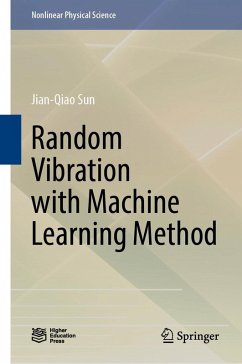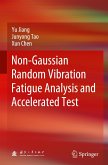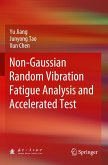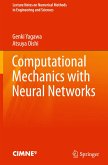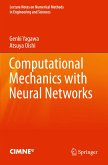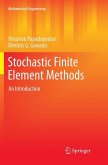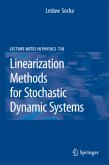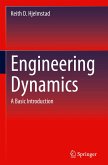The book presents the theoretical foundation of random vibration of dynamic systems and new machine learning methods for the analysis of linear and nonlinear random vibration problems. This is the first book on the market that introduces the tools of artificial intelligence, i.e. neural networks, to engineering problems of random vibration.
The first part of the book briefly reviews probability theory, stochastic processes, spectral analysis of stochastic processes, stochastic calculus, and a brief and general discussion of the response process viewed as a mapping of random excitation and uncertainties, equations for response probability distribution and reliability problems. The second part of the book presents studies of linear and nonlinear random vibration problems. In particular, the radial basis neural networks solution is introduced. Extensive examples are presented to demonstrate the neural network solution. Data-driven random vibration problems are also discussed, including density estimation, model identification and model-free generalized cell mapping. Finally, Monte Carlo simulation is discussed from a new perspective.
This book can be adopted as an advanced reference book of an undergraduate random vibration class. The entire book is an excellent choice for a graduate random vibration course, and is also a good reference book for practice engineers and researchers.
The first part of the book briefly reviews probability theory, stochastic processes, spectral analysis of stochastic processes, stochastic calculus, and a brief and general discussion of the response process viewed as a mapping of random excitation and uncertainties, equations for response probability distribution and reliability problems. The second part of the book presents studies of linear and nonlinear random vibration problems. In particular, the radial basis neural networks solution is introduced. Extensive examples are presented to demonstrate the neural network solution. Data-driven random vibration problems are also discussed, including density estimation, model identification and model-free generalized cell mapping. Finally, Monte Carlo simulation is discussed from a new perspective.
This book can be adopted as an advanced reference book of an undergraduate random vibration class. The entire book is an excellent choice for a graduate random vibration course, and is also a good reference book for practice engineers and researchers.

